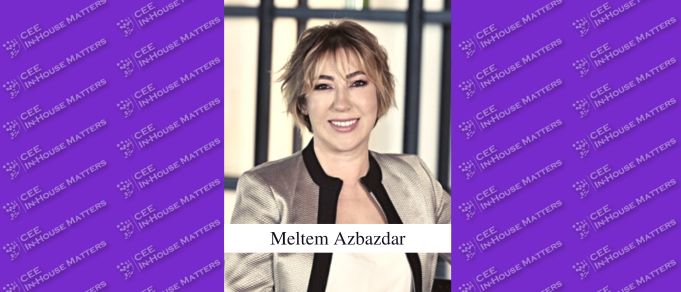Prior to 2010, examiners working for the Intellectual Property Institute of Bosnia and Herzegovina examined applications for trademarks on all grounds in a lengthy process that resulted in a significant backlog. The application-to-registration timeframe at one point rose to an unacceptable period of six years, inevitably leading to the absurd situation where an application would be reaching its tenth year and have to be renewed – without ever being registered.
As a result, on January 1, 2011, a change was made to Bosnia’s Trademark Law, and the inclusion of identity of marks as an absolute ground for refusal of a trademark application entered into force on January 1, 2011.
This law was passed over the fierce objections made in 2010 by a group of local intellectual property lawyers – the author of this text included – to the draft of the law. As they predicted, the new system has failed to solve the backlog and has created new problems.
New and Unproven System
This new system is essentially a cross between the full examination system and the opposition system and almost completely cancels the advantages of both systems.
Full examination of trademarks requires comparing a newly filed application with earlier registrations and applications, singling out potentially confusingly similar rights, and issuing a provisional refusal. This is often a long and labor-intensive endeavor, but it ensures that the owner’s and broader public interests are better protected without requiring their active participation.
On the other hand, the opposition system requires the active participation of rights owners, as they need to monitor official publications, seek potentially conflicting rights, and take steps to ensure that their trademark rights serve the original purpose – to distinguish them from the competition. This can pose a significant financial burden for the majority of small and medium enterprises, as monitoring is a professional service outsourced to third parties and opposition proceedings may be costly.
The main advantages of the opposition system are the speed of handling applications and the guarantee that unused prior trademarks will serve as obstacles for the registration of new marks. The mixed system currently in force in Bosnia hinders these potential benefits, while also compromising the benefits of full examination, such as greater certainty and better protection.
Ineffectiveness Against the Backlog
In order to examine the identity of marks, a trademark examiner still has to perform searches in the database and compare the received results. The process is only a fraction faster than the comparison of a newly filed trademark against potentially confusingly similar marks. However, in addition to the substantive examination, the examiners now also have to deal with oppositions. In practice this means that the time necessary to examine an application was not shortened even a bit. The local IP office still has a significant backlog. It is smaller than five years ago, but only because more employees were hired in the Mostar and Banja Luka premises of the Institute -- not because of legislative changes.
Ambiguous Nature of Identity
Initially, identity was interpreted quite narrowly, so that any difference, even the slightest, was enough to circumvent an office action. In one particular case, a company filed an application seemingly identical to their earlier registration. Both marks consisted of a couple of identically colored triangles. The IP office issued a provisional refusal on absolute grounds and argued that the marks were identical. The action was successfully overcome simply by claiming that one of the triangles has a slightly sharper angle, a difference that could be noticed only after very meticulous analysis and comparison. The IP office has never allowed the same owner to register two identical trademarks, rightfully reasoning that it could create havoc in the domain of licensing and security interests. The new system threatened to undermine some of the fundaments of the country’s trademark law. As a consequence, the IP office introduced a new methodology in 2015 for trademark examination and expanded the definition of identity. Even this set of quite extensive rules did not prove sufficient to cover the cases of “borderline identity”.
Conclusion
While custom-made solutions for country-specific problems are often welcome, sometimes it is better to follow an established path. Two dominant systems for examining trademarks are a standard solution to a universal need, and Frankensteinian experiments usually lead to unexpected outcomes.
By Tarik Prolaz, Bosnia Director, Petosevic















